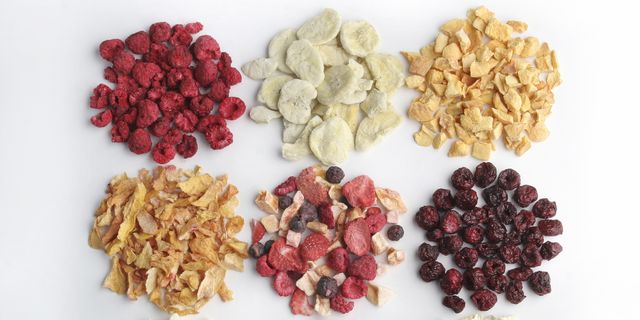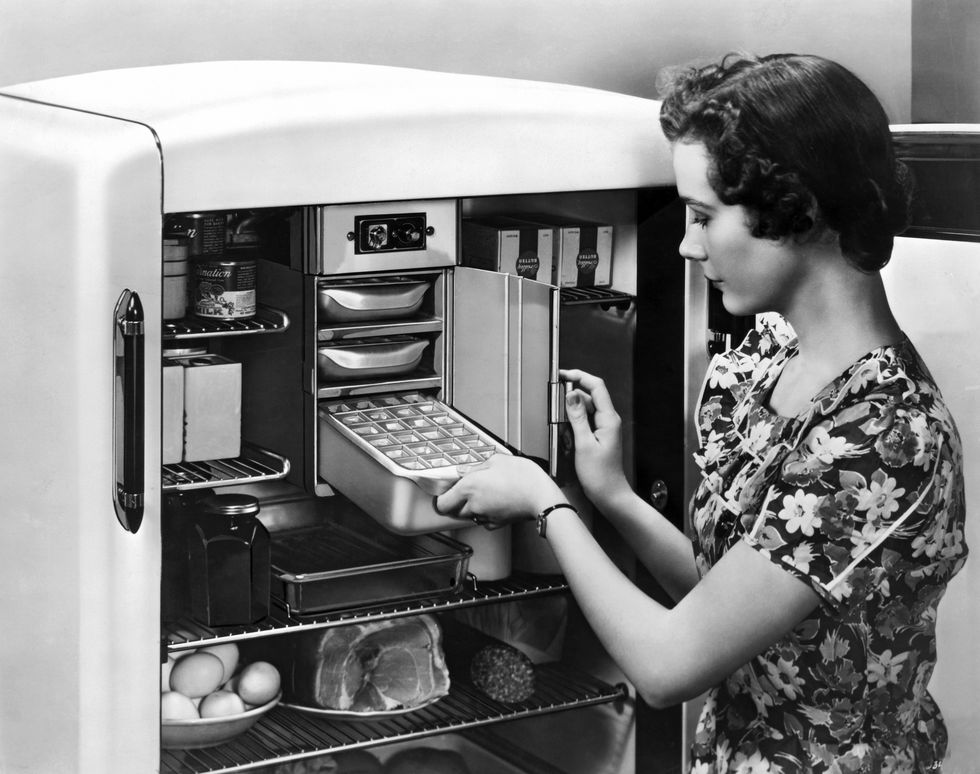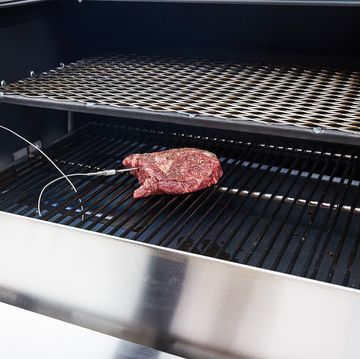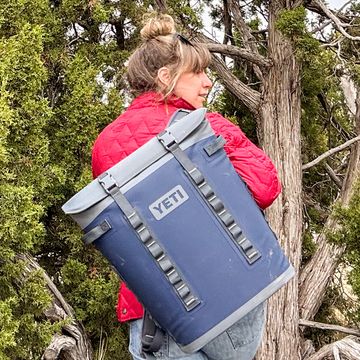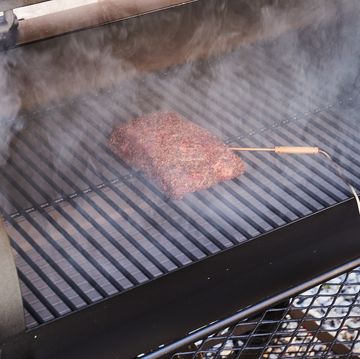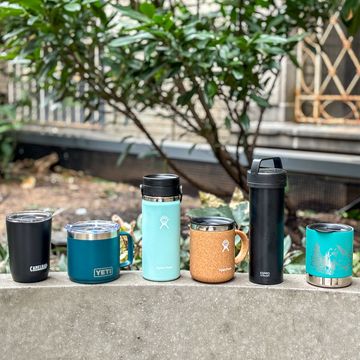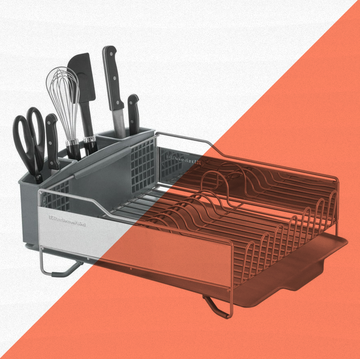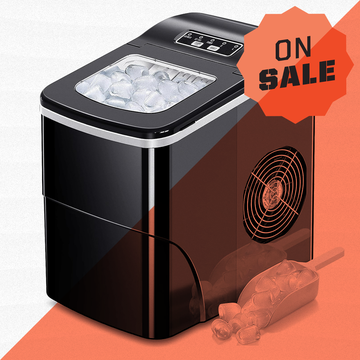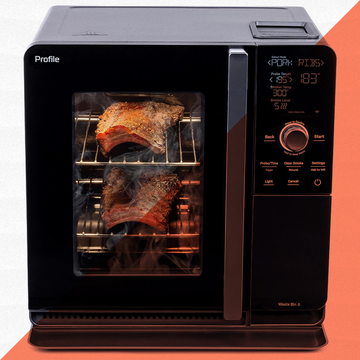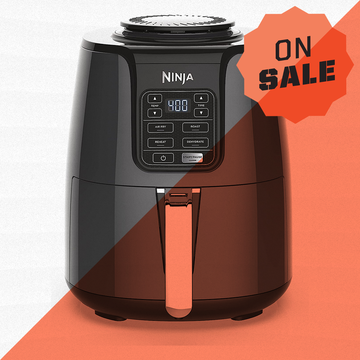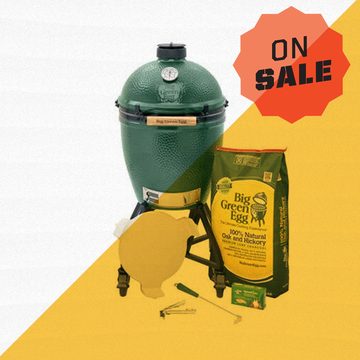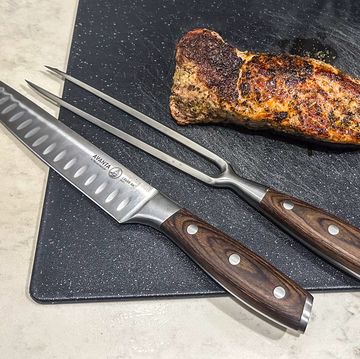So you’re interested in lyophilisating some goji berries? In the mood to cryodessicate rutabaga? So maybe you’re going camping. Maybe you’re a prepper. Maybe you like buying in bulk. Whatever the reason, you’ve got a few options.
For foods with high water content, freeze-drying—the process of removing water content at low temperatures—may be your best option. It’s extremely low maintenance, and it preserves nutrients. The only real downside is the amount of time it takes, depending on the technique you use.
Here are a couple ways to do it.
Option 1: Freezer Only
The easiest place to start is fruits and vegetables like apples, berries, potatoes, and carrots. (If you’re more advanced, meats and larger meals can be freeze-dried, too.) For larger foods, chop into small pieces; for berries you can use as-is. Put them on a tray, spaced so they don’t touch. Put the tray in the freezer (if you need one, this one and this one are personal favorites), ideally with the freezer as empty as possible, and set it to its lowest temperature setting.
Then all you have to do is wait.
First, the foods will freeze. Next, the ice will sublime out of them—that’s when water goes straight from ice to gas without turning to liquid first, remember? When all the ice has sublimated out of the food, it’s done. You can test this by taking a piece out of the freezer. If it turns black, it’s not completely dried. Expect the whole process to take at least one week. When complete, the food can be stored in Ziploc bags anywhere that stays at or below room temperature.
Option 2: Dry Ice
Using dry ice speeds up the process considerably. It’s colder, and as the dry ice itself sublimes, it takes moisture content with it. The key here is to pack it properly. Put your food items in Ziploc bags first, then pack them and dry ice into a cooler at a 1:1 ratio by weight. You can loosely close the cooler lid, but don’t seal it: The gas from the dry ice will build up and cause an explosion.
Freeze-drying is complete when all the dry ice is gone (though, as before, you can test the food by removing a small piece and seeing if it turns black). This process should only take about a day.
About Reconstituting Food…
…It’s pretty easy. Set some water to boil. Put your freeze-dried chunks in a bowl. Once the water is boiling, add a little bit of water to the bowl. The food will slowly absorb the water. Give it a minute, then test a piece for flavor or texture.
If needed, add more water and repeat.
Kevin is a writer and editor living in Brooklyn. In past lives he’s been an economist, computer salesman, mathematician, barista, and college football equipment manager.
